Effective Waterproofing Solutions
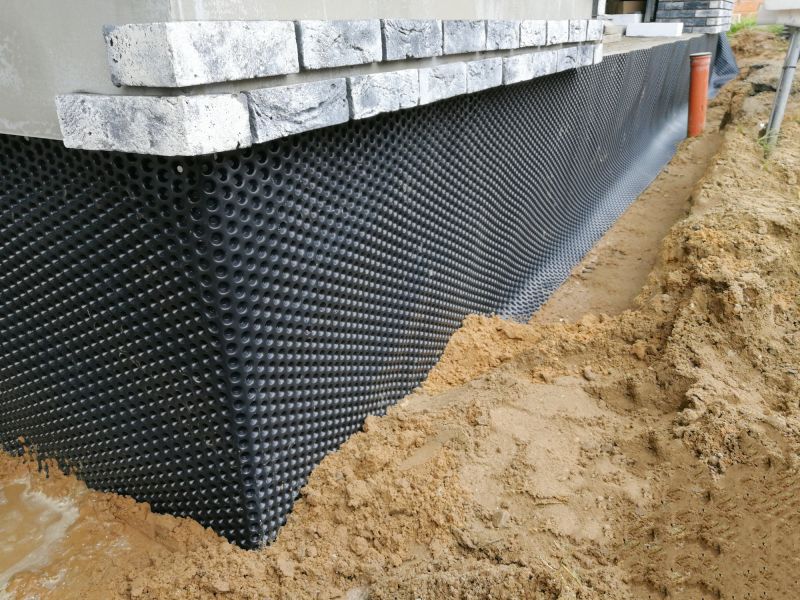
Spring offers moderate temperatures and lower humidity, ideal for effective waterproofing applications.
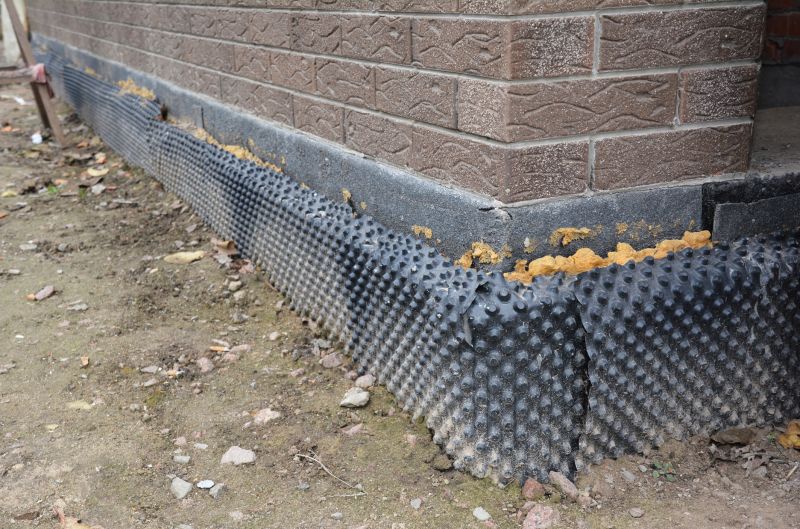
Summer provides warm conditions, but high humidity and rain can hinder proper curing of waterproofing materials.
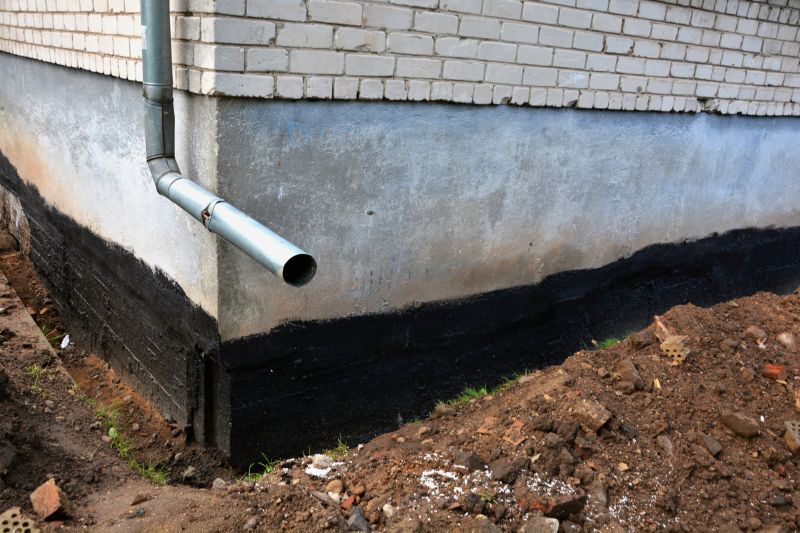
Fall's cooler temperatures and dry weather make it a suitable season for waterproofing projects.

Winter is generally unsuitable due to freezing temperatures and moisture exposure, which can compromise application quality.
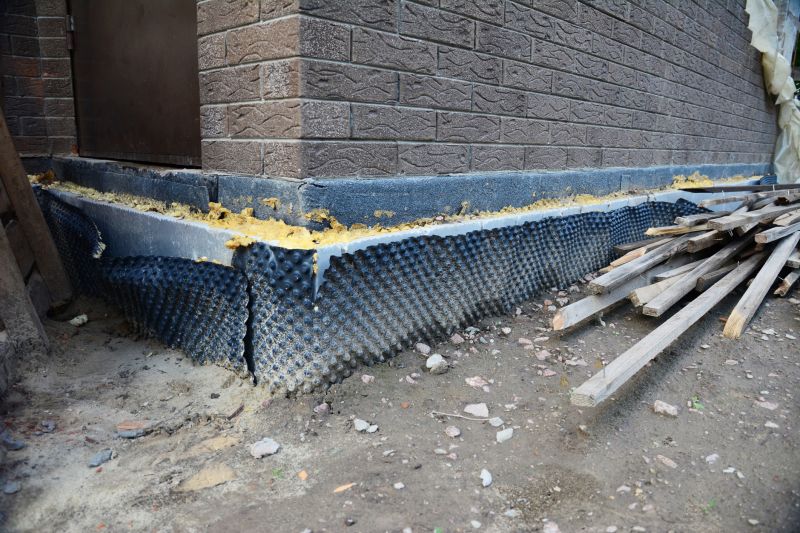
The best time for waterproofing is during dry, mild weather with temperatures between 50-85°F and low humidity.
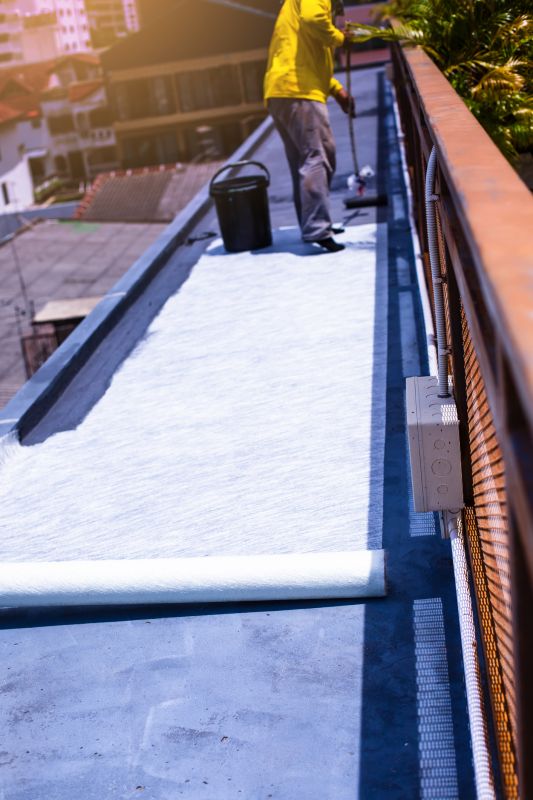
Avoid waterproofing during rain, snow, or extreme cold to ensure proper adhesion and curing.
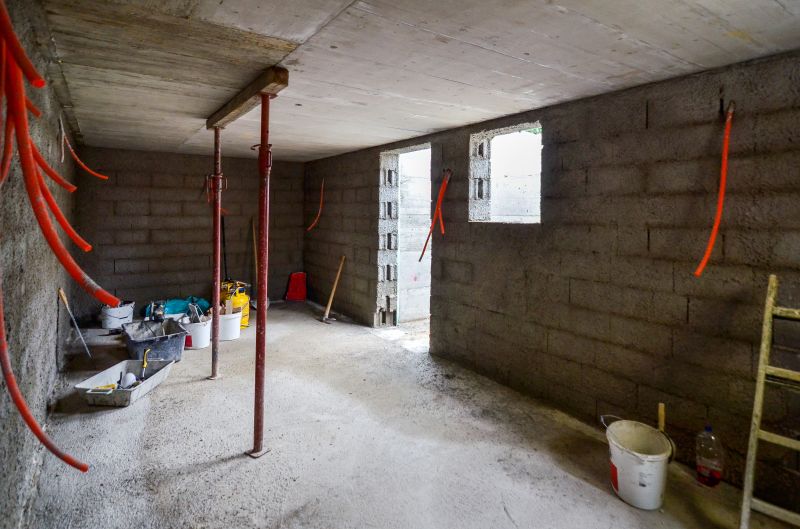
Ways to make Waterproofings work in tight or awkward layouts.

Popular materials for Waterproofings and why they hold up over time.
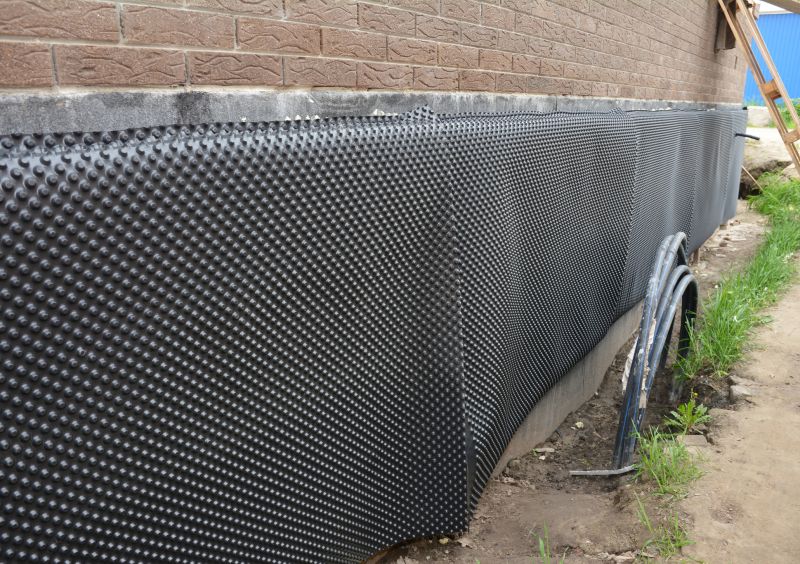
Simple add-ons that improve Waterproofings without blowing the budget.
Waterproofings are essential for protecting structures from water infiltration, which can cause damage, mold growth, and structural deterioration. Proper waterproofing extends the lifespan of buildings and reduces maintenance costs. Different methods include membrane applications, sealants, and coatings, each suited for specific surfaces and conditions. The effectiveness of waterproofing depends on correct timing, surface preparation, and weather conditions during application.
Statistics indicate that water-related damages account for a significant portion of property repairs annually. Implementing waterproofing measures proactively can prevent costly repairs and preserve structural integrity. Seasonal considerations are crucial; applying waterproofing during optimal weather conditions ensures maximum adhesion and durability. In regions with variable climates, planning around seasonal weather patterns enhances the longevity of waterproofing solutions.

Proper surface preparation is key for effective waterproofing results.

Membranes provide a durable barrier against water ingress.

Sealants fill cracks and joints to prevent water penetration.

Applied to foundations and basements for comprehensive protection.

Ensures roofs are water-tight and prevents leaks.
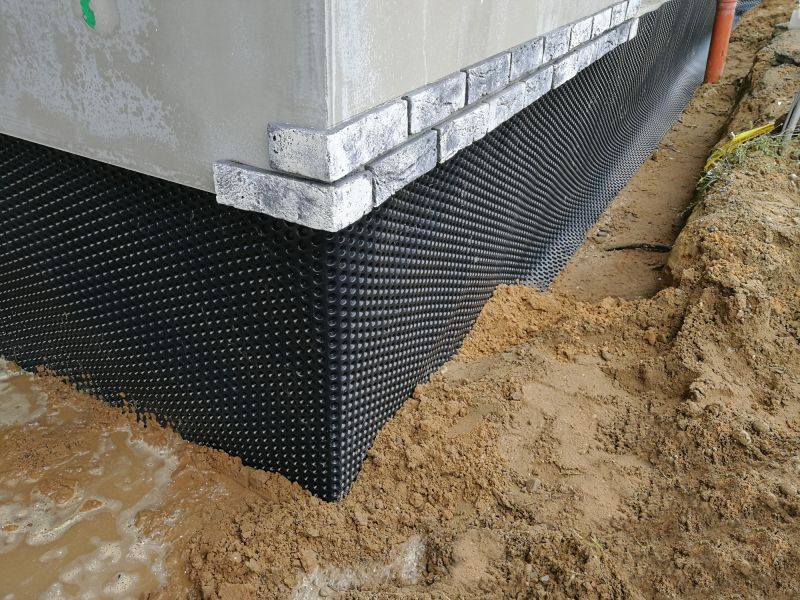
Protects exterior and interior walls from moisture damage.

Effective drainage prevents water accumulation around structures.
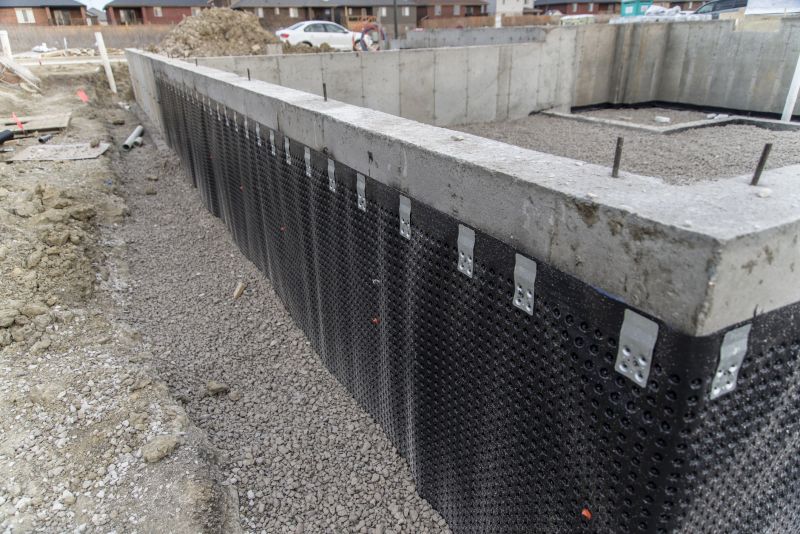
Various materials are available for different applications and environments.
| Season | Ideal Conditions |
|---|---|
| Spring | Mild temperatures, low humidity, dry weather |
| Summer | Warm temperatures, but watch for high humidity and rain |
| Fall | Cooler temperatures, dry conditions |
| Winter | Freezing temperatures, high moisture - not recommended |
| General Best | Dry, mild weather with temperatures between 50-85°F |
Choosing the appropriate time for waterproofing depends on local climate conditions and specific project requirements. Planning applications during favorable weather ensures optimal results and longevity. Proper timing minimizes risks associated with application failures caused by adverse weather.
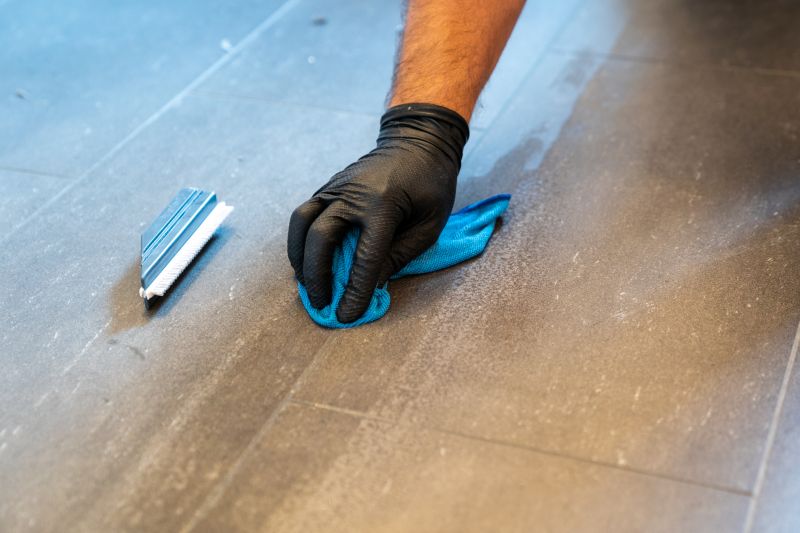
Application during suitable weather conditions enhances durability.
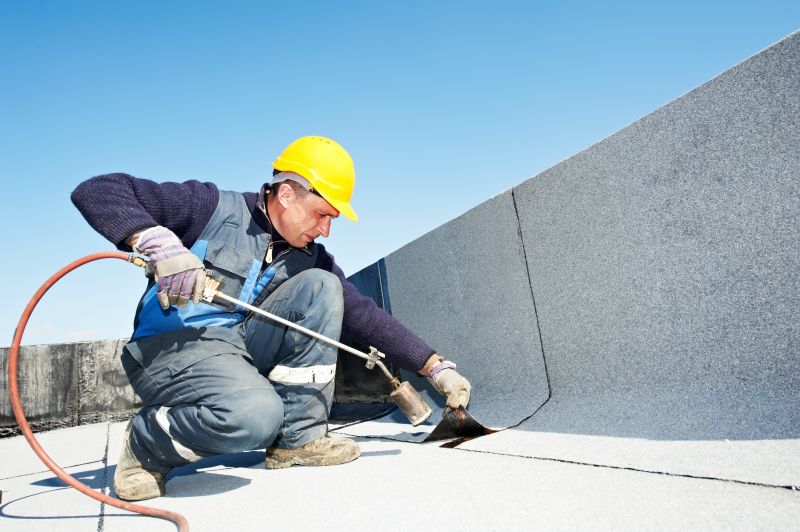
Properly applied waterproofing provides long-term protection.
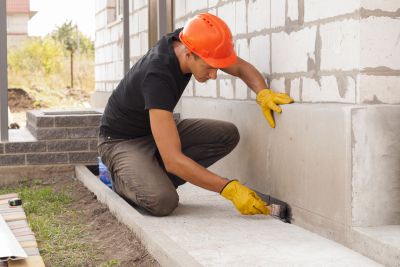
Timing is critical for optimal results and longevity.
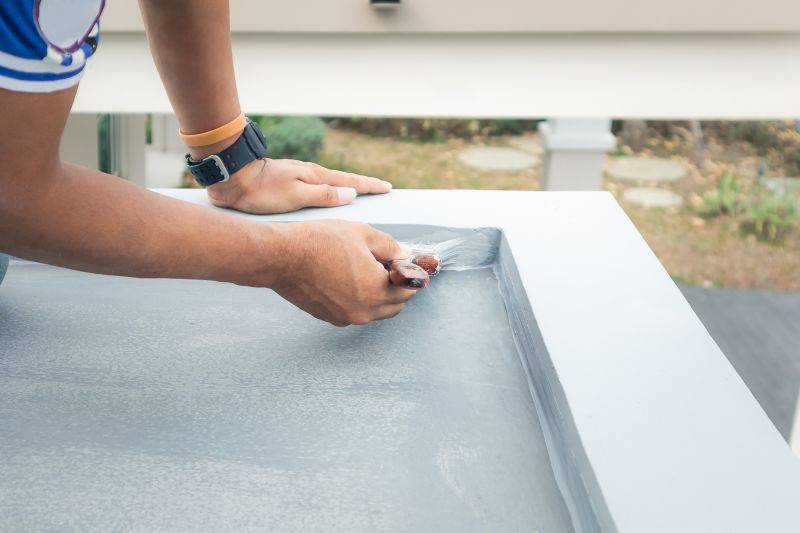
Selection depends on season and environmental factors.

Finishes and colors that play nicely with Waterproofings.

Little measurements that prevent headaches on Waterproofings day.
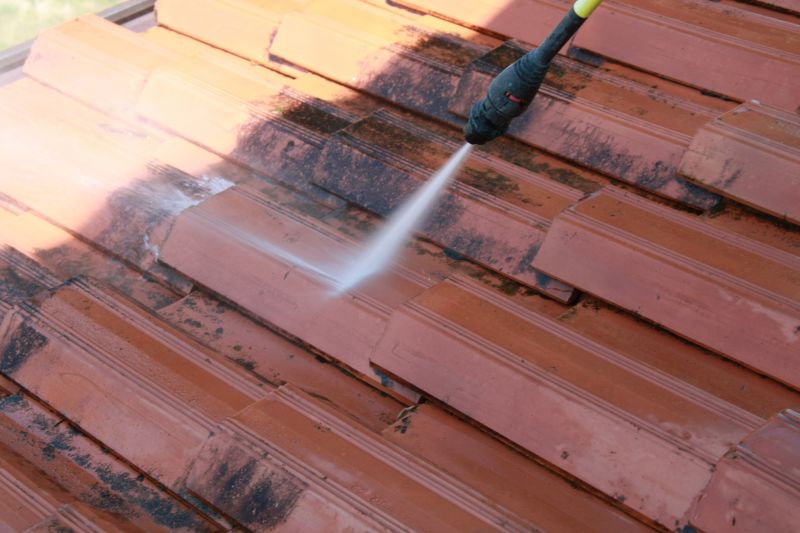
A 60-second routine that keeps Waterproofings looking new.

A frequent mistake in Waterproofings and how to dodge it.
Interested parties are encouraged to contact for more information about waterproofing options and scheduling. Proper timing and application techniques are vital to ensuring effective water protection for structures.
Small tweaks to make Waterproofings safer and easier to use.
Lower-waste or water-saving choices for Waterproofings.
The short, realistic tool list for quality Waterproofings.

